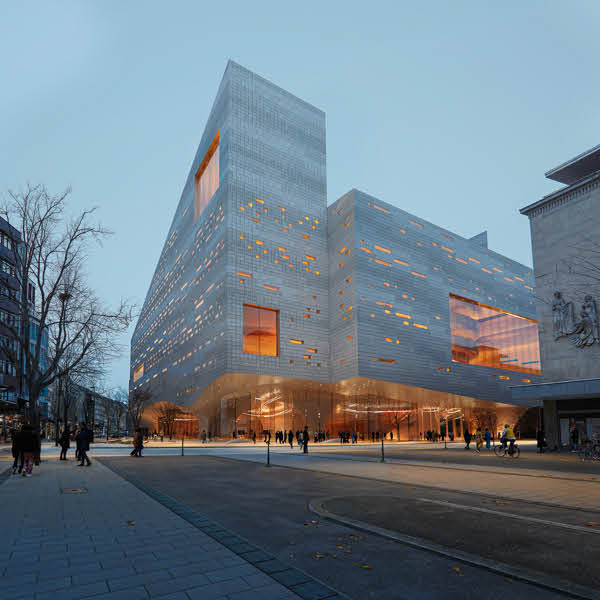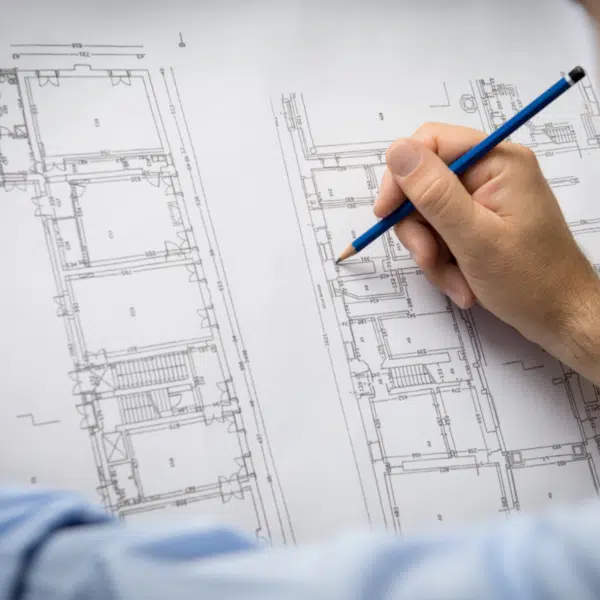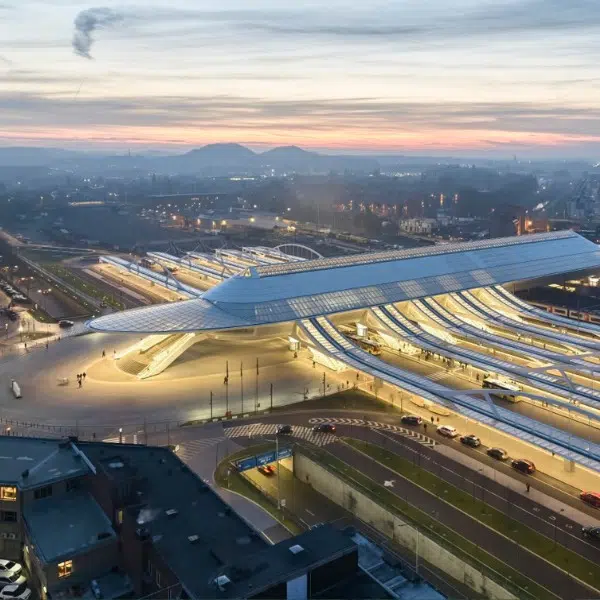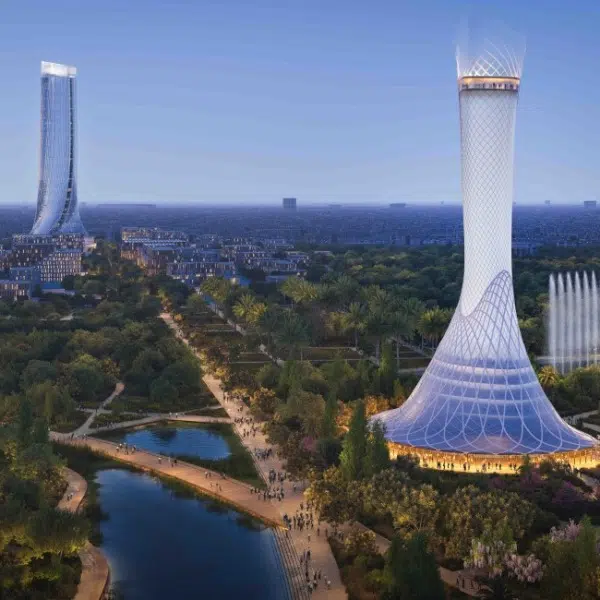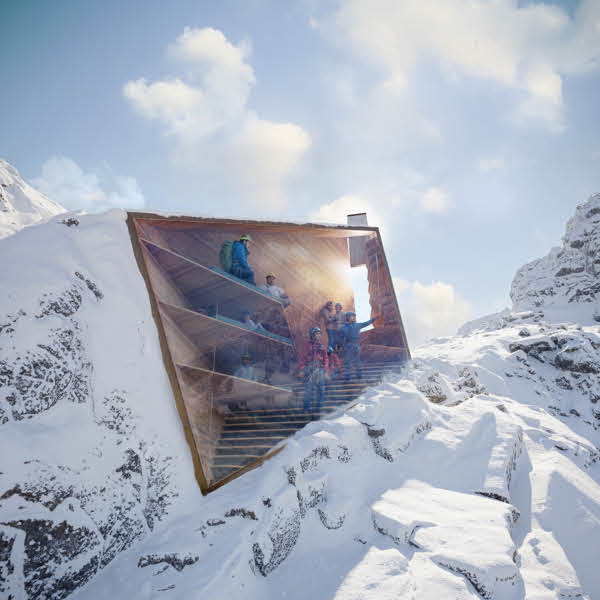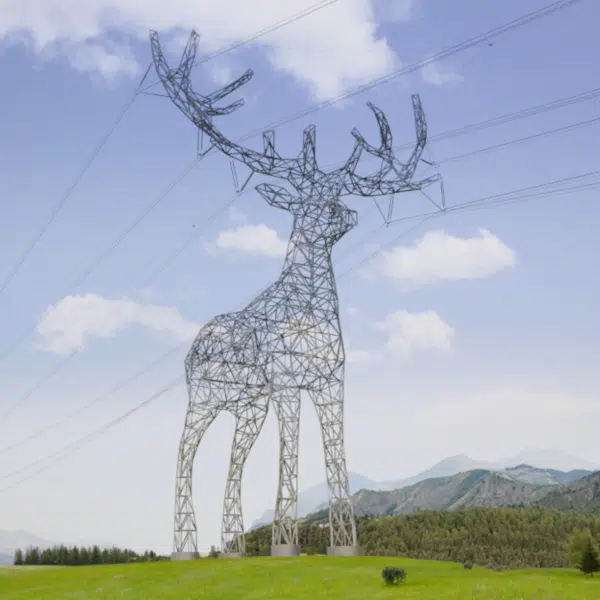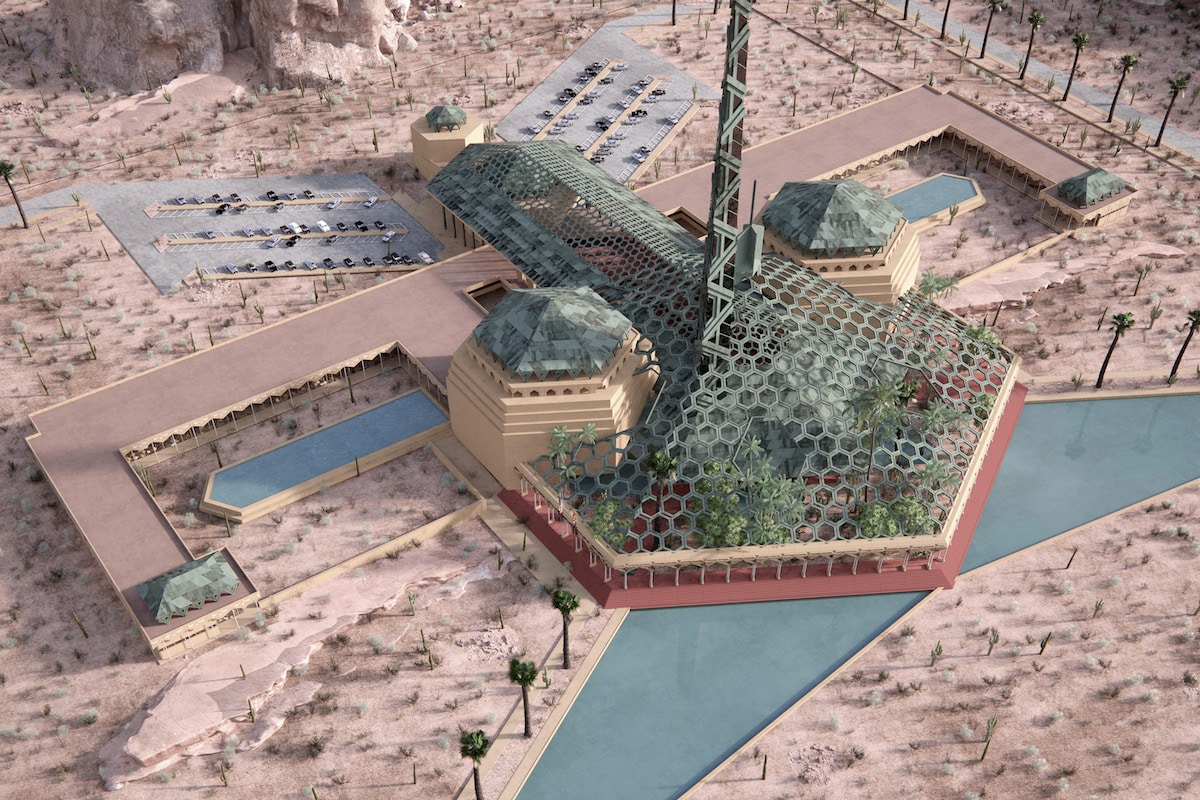
Arizona Capitol Building
One of the most prolific architects of the 20th century, Frank Lloyd Wright had no shortage of ideas. Throughout his life, he designed 1,171 architectural works. Many of them, like the Guggenheim Museum and Fallingwater, were eventually built. But over half—660 to be exact—never moved beyond paper. Now, thanks to the Frank Lloyd Wright Foundation, we are finally getting a look at what his unbuilt architecture would have looked like.
Working with digital artist David Romero, the organization has been building an impressive library of renderings that show Wright's creative genius. From the Butterfly Bridge that would have connected San Francisco and Oakland to the floating cabins of the Lake Tahoe Summer Colony, it's clear that Wright's creativity had no limits.
The reasons that these pieces of incredible architecture were never built vary. In 1957, Wright's homage to his adopted home state of Arizona was rejected for several reasons. While Wright considered his avant-garde design for the Arizona State Capitol Building to be a gift to the city, officials felt otherwise. Deemed too ornate and, with a price tag of $5 million, too costly, he was passed over for the project.
In the case of the cliff-side Morris House, it's not completely clear why the family did not go with Wright's design. But, in examining two of his ideas for the California home, it's clear that Wright is refining the blending of architecture and nature that he so expertly executed at Fallingwater. In one design, the home looks like a modern lighthouse topped with floor-to-ceiling windows that allow the homeowners to drink in the view of the San Francisco Bay. A second design uses rounded forms that meld into the cliffs and seamlessly merge the home and the natural surroundings.
Another standout design is Wright's vision for an auto showroom and workshop. In 1947, he was asked to renovate Roy Wetmore's service station and dealership. What Wright provided was a futuristic design that included a ramp allowing a car to be displayed on the roof. Unfortunately, Wetmore wished to simply renovate the existing structure rather than demolish it and start over, so the project never came to fruition. A later remodel of the business did incorporate the car ramp on the roof.
Thanks to Wright's meticulous sketches, Romero has been able to bring these ideas to life and give a new generation of architecture lovers a reminder of why Wright had such a long, influential career.
Take a look at more 3D renderings of Frank Lloyd Wright's incredible unbuilt architecture.
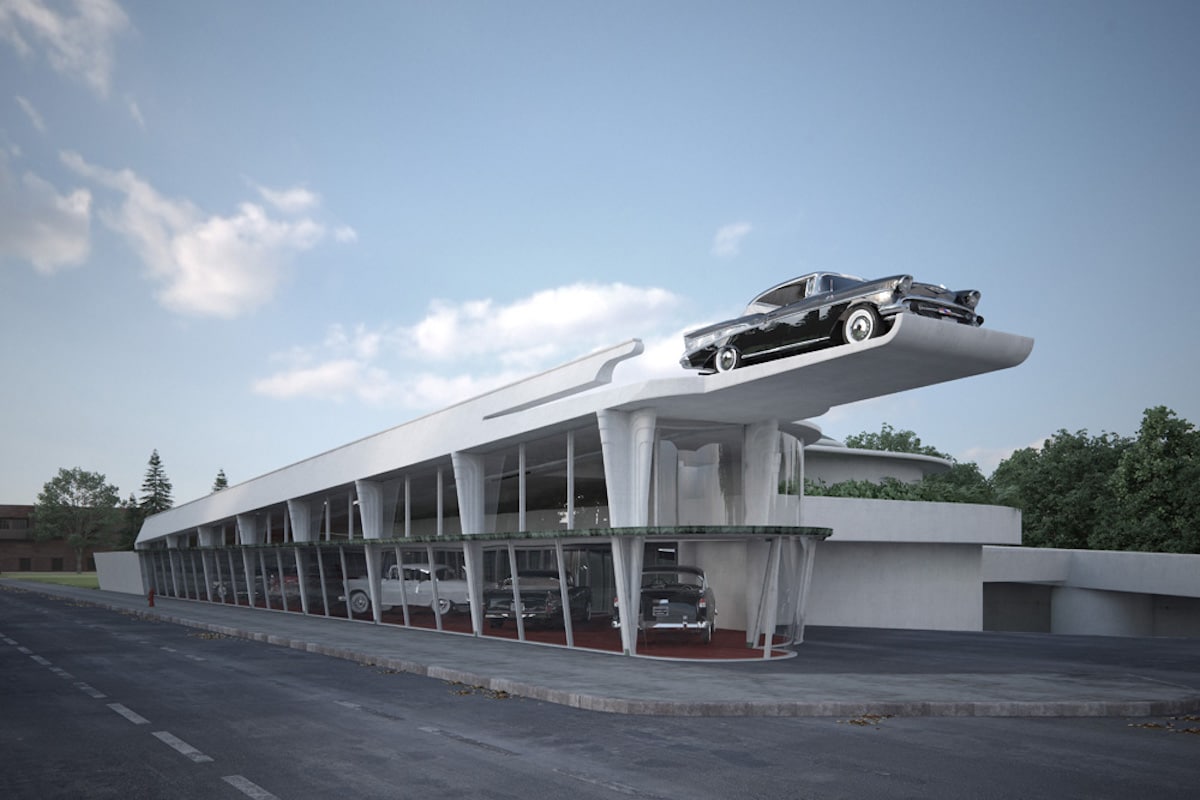
Auto showroom and workshop for Roy Wetmore

Morris House I
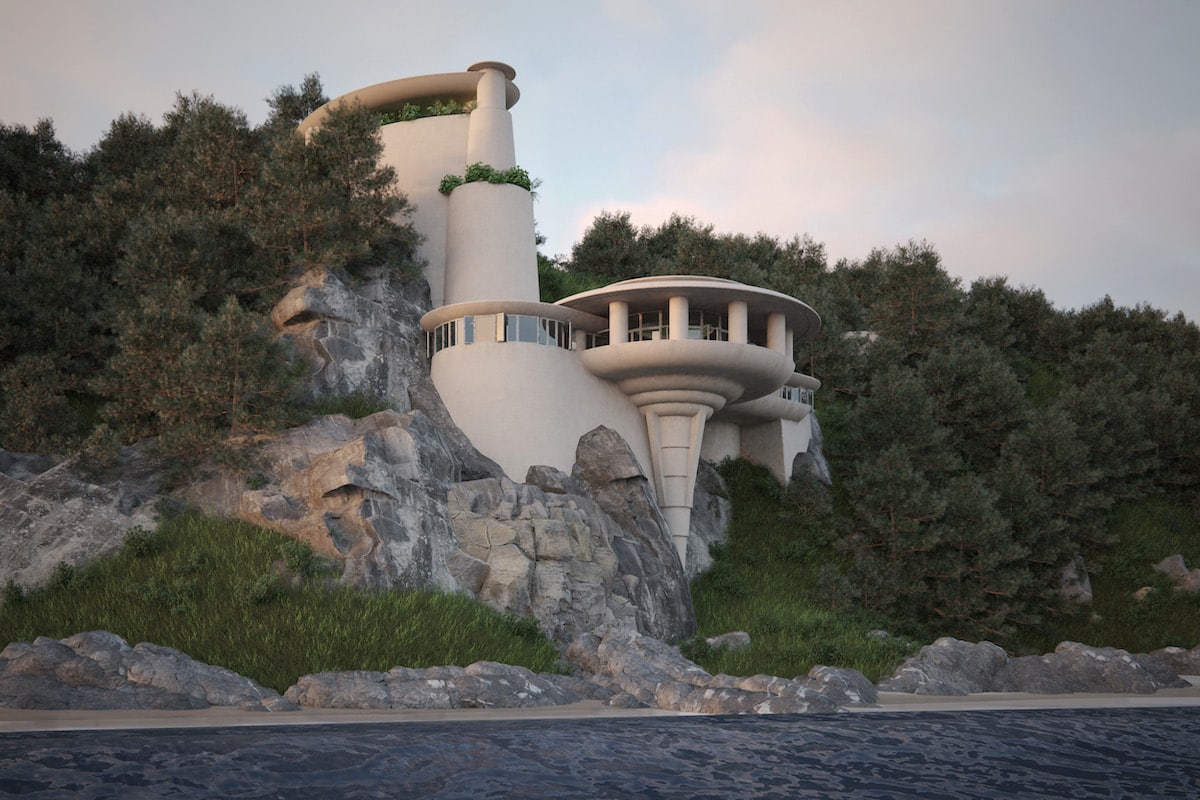
Morris House II
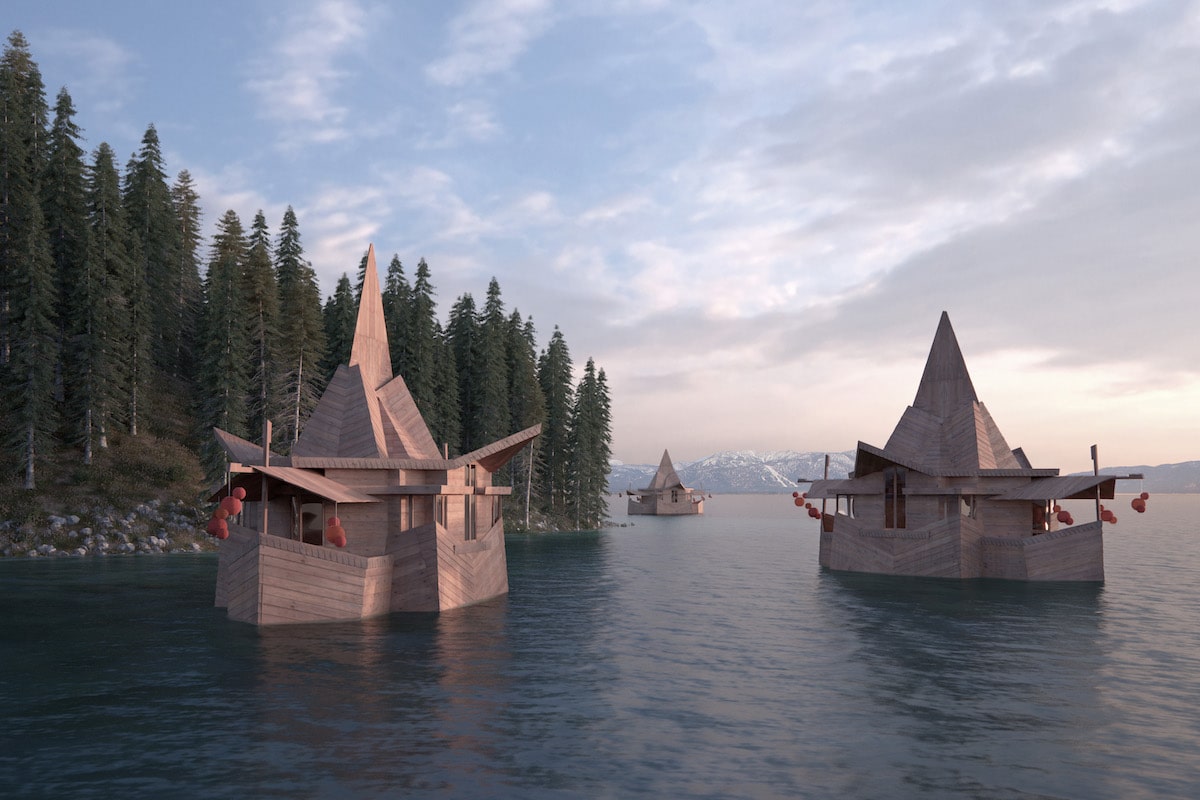
Lake Tahoe Summer Colony
Frank Lloyd Wright created 1,171 architectural designs, but 660 were never built.
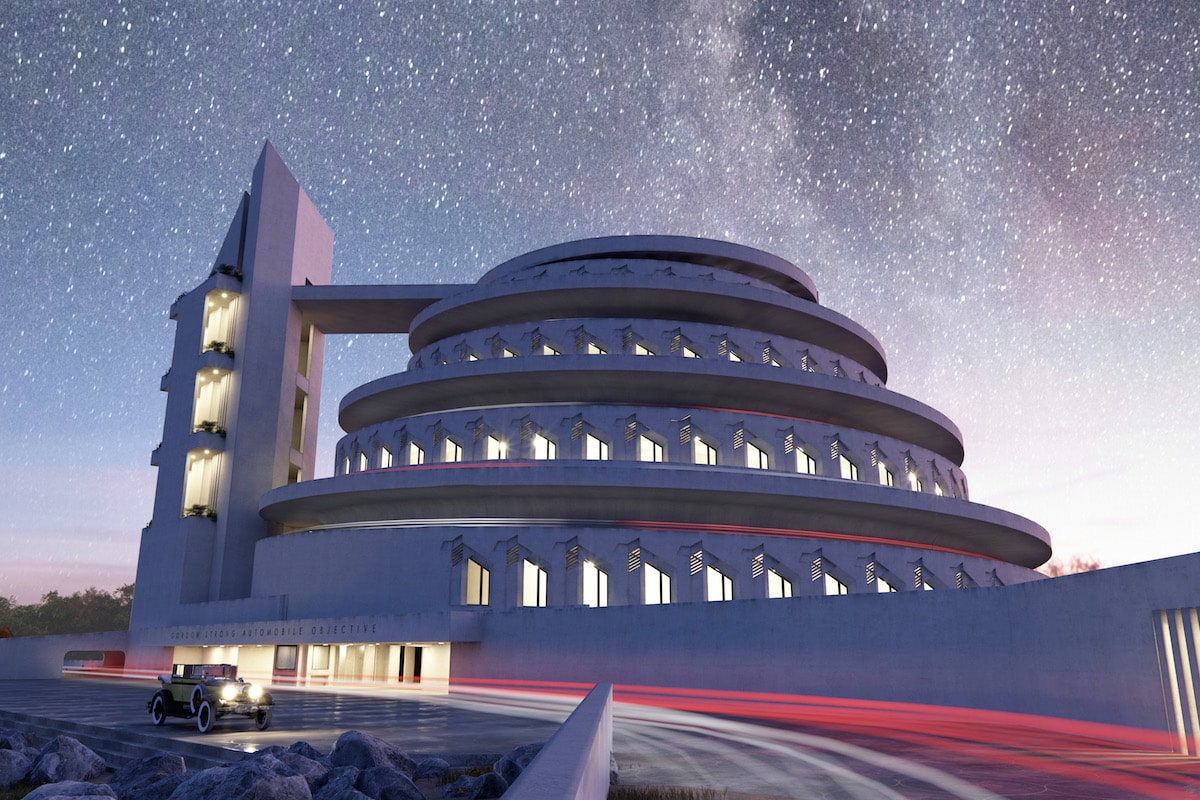
Gordon Strong Automobile Objective
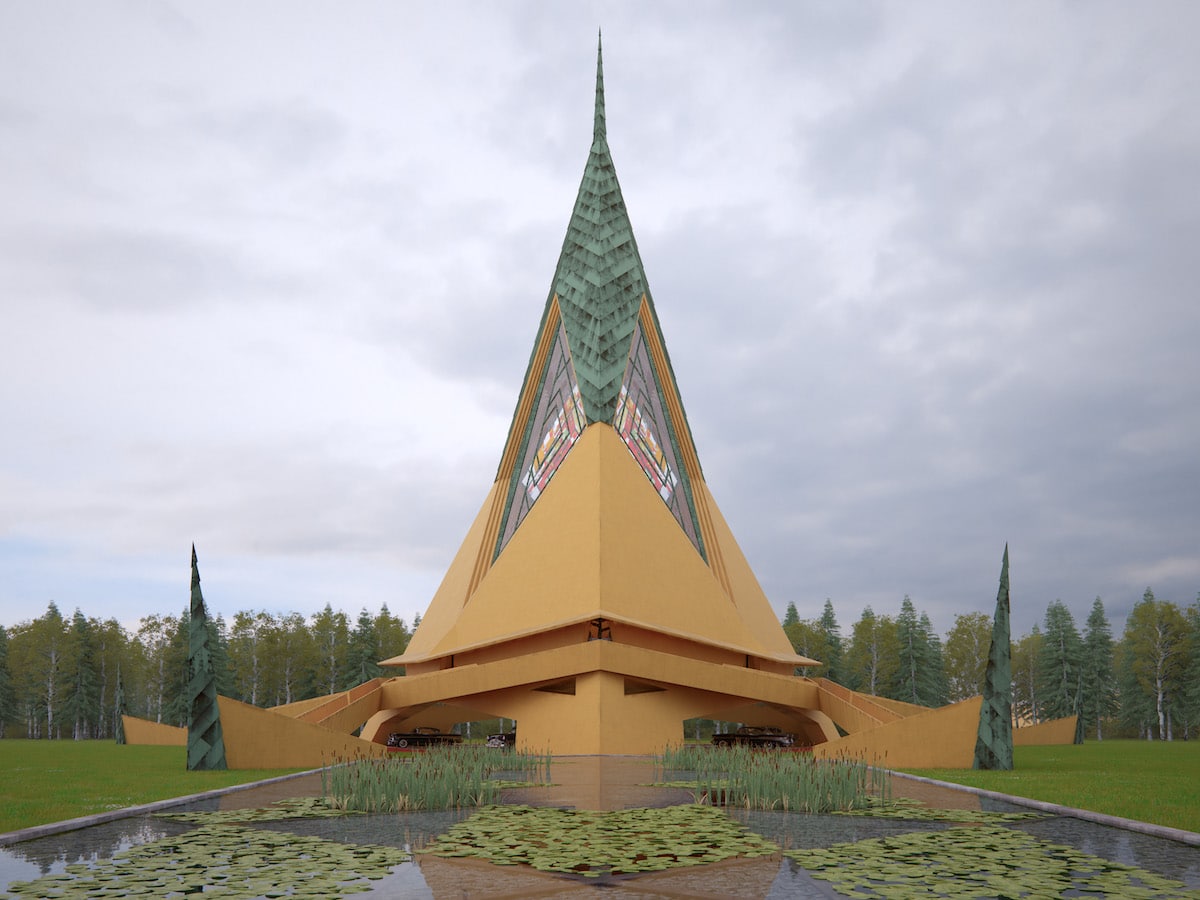
Trinity Chapel
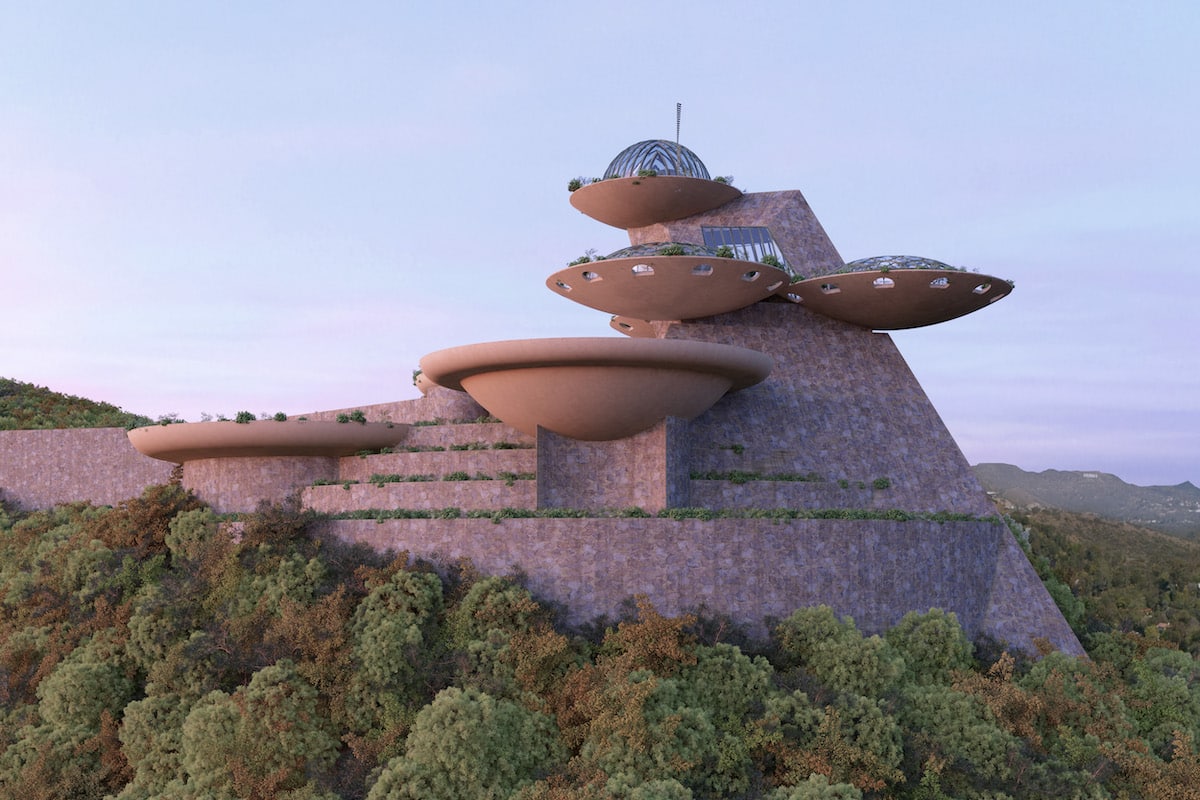
Huntington Hartford Sports Club and Play Resort

Butterfly Bridge
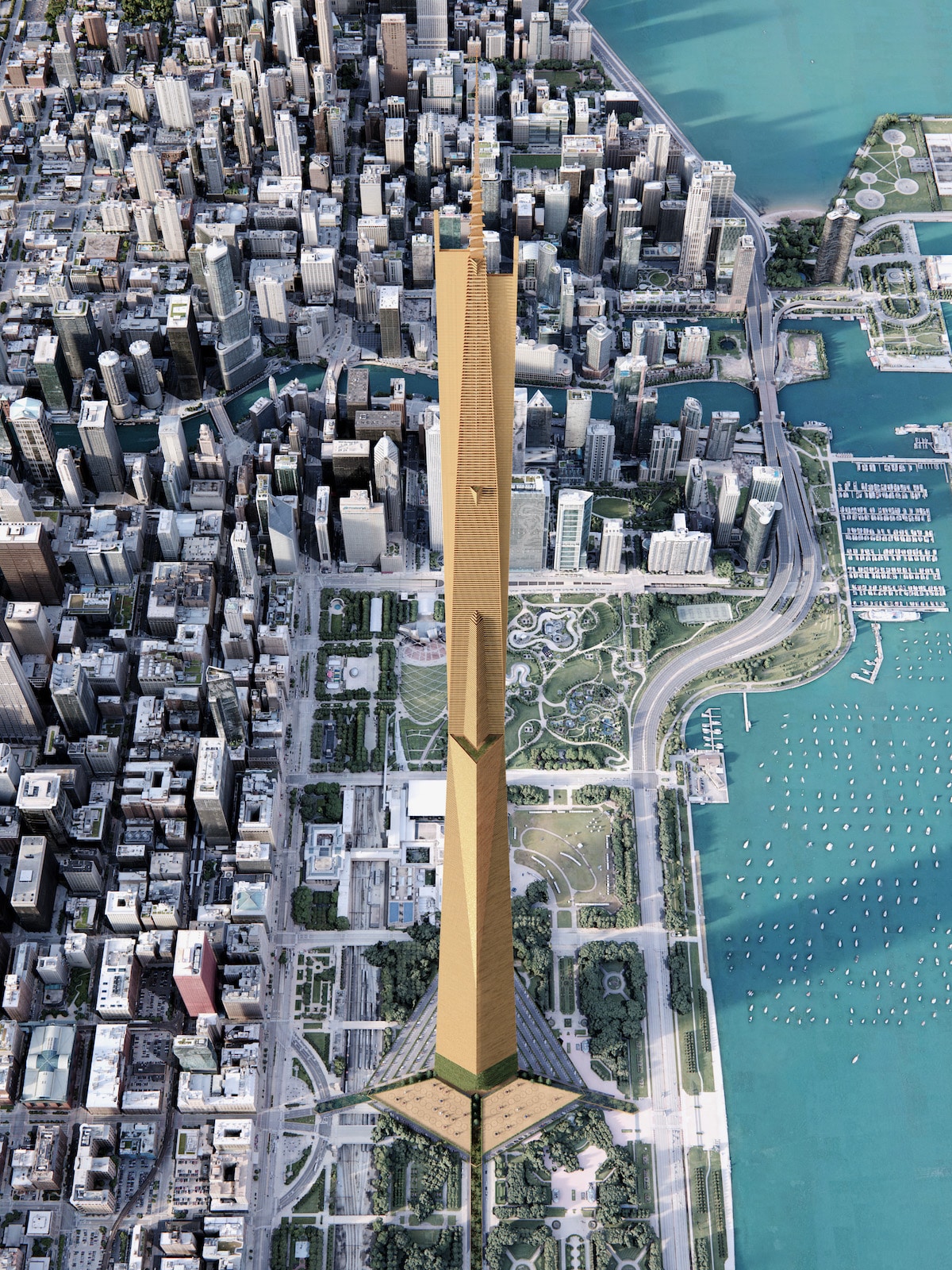
The Illinois
These renderings by Spanish digital artist David Romero help us understand Wright's creative vision for these spaces.
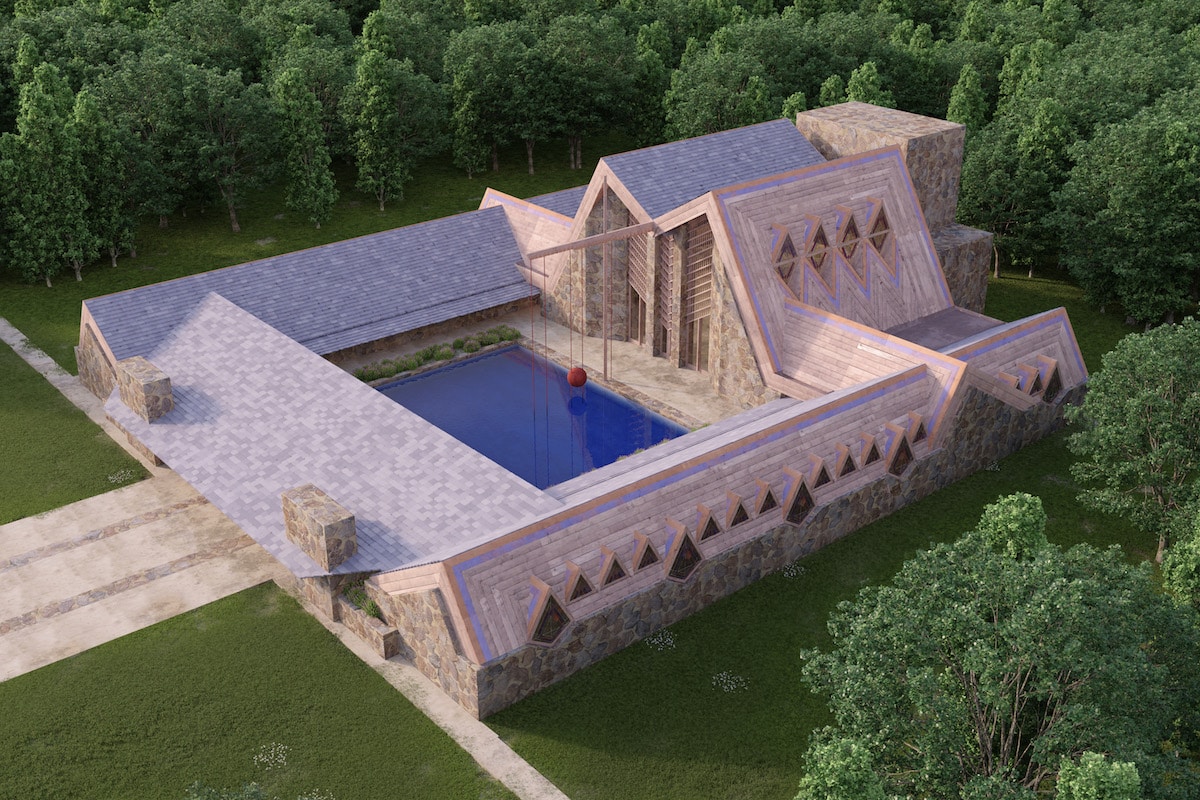
Rosenwald School
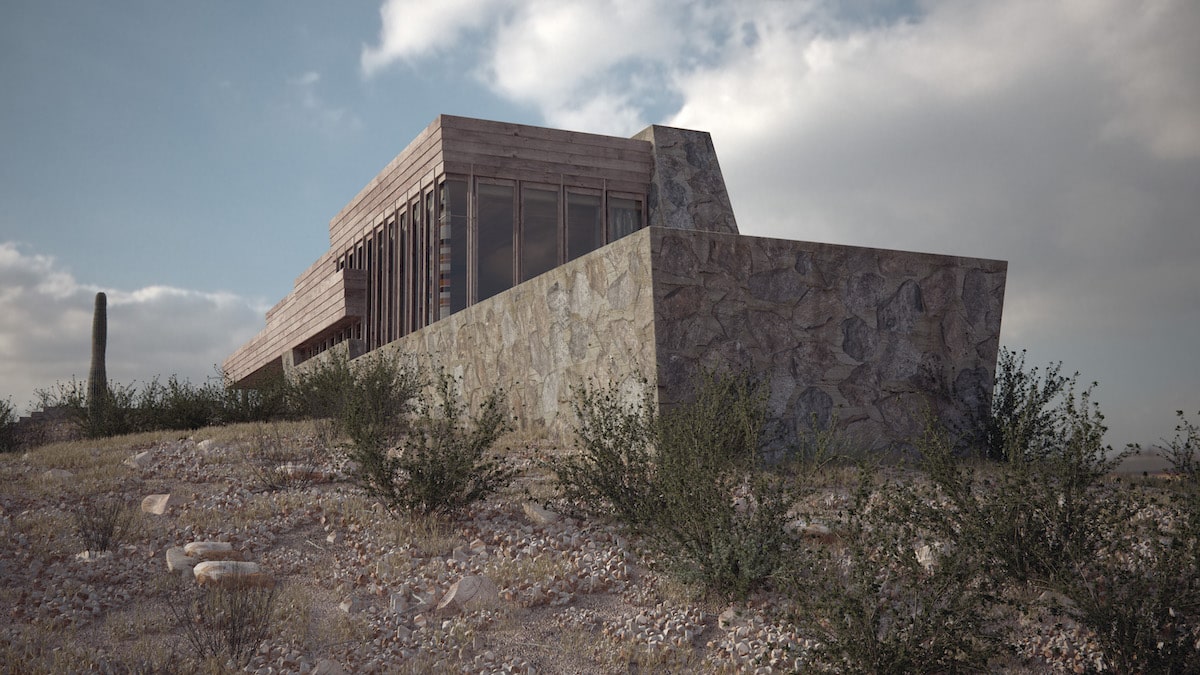
Pauson House
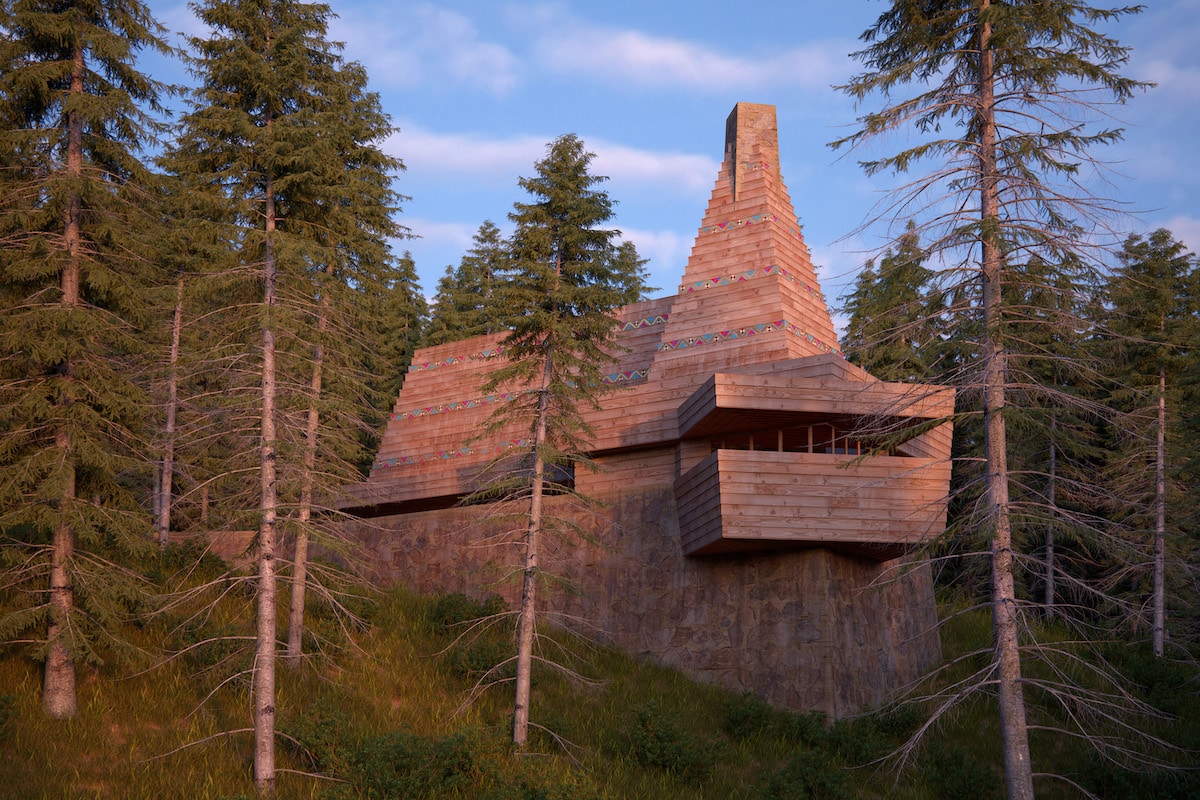
Smith House
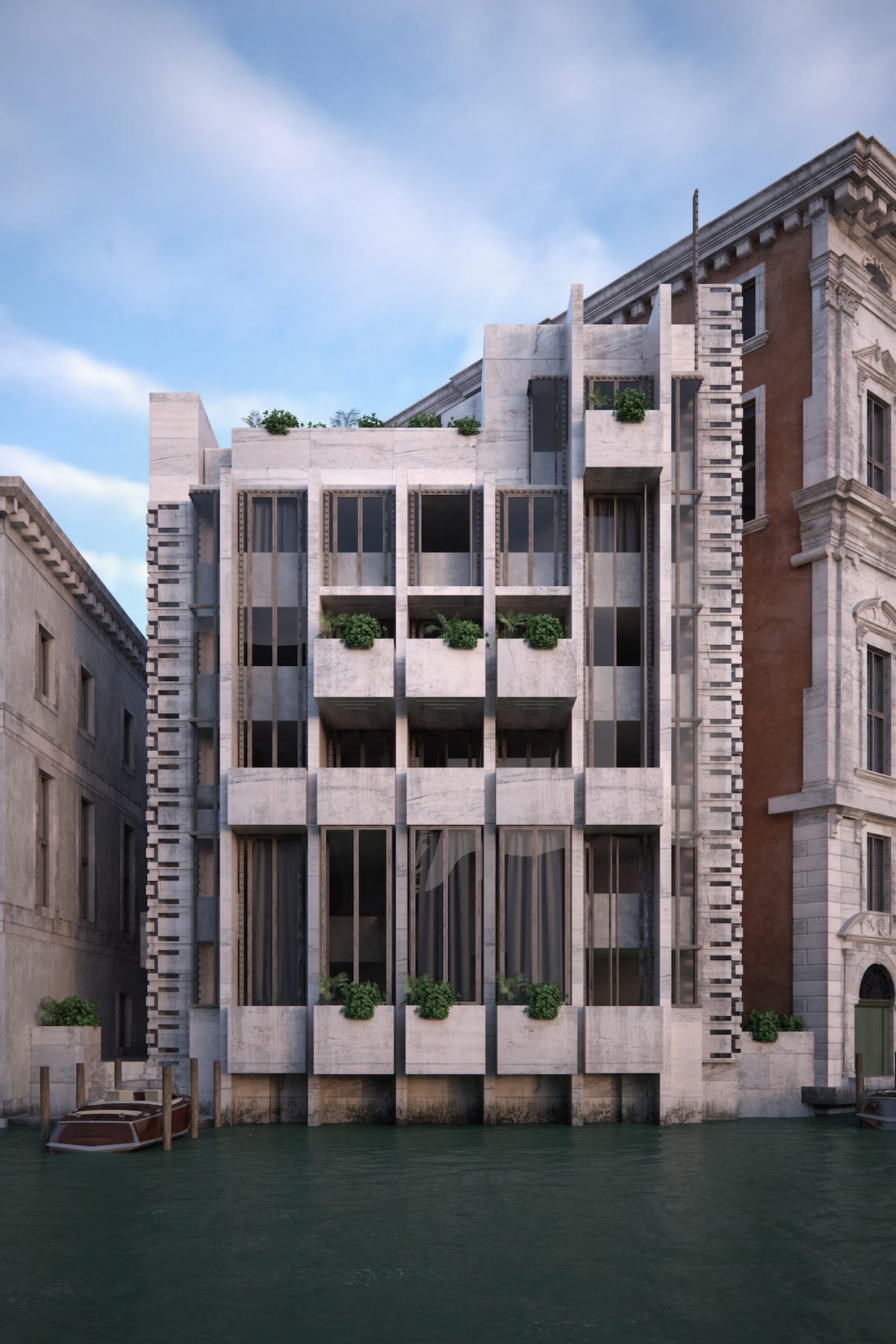
Masieri Memorial












































































